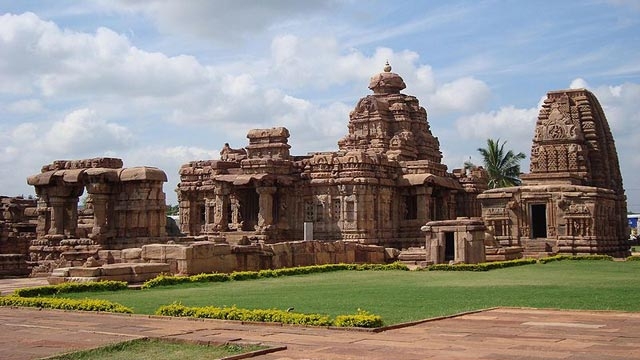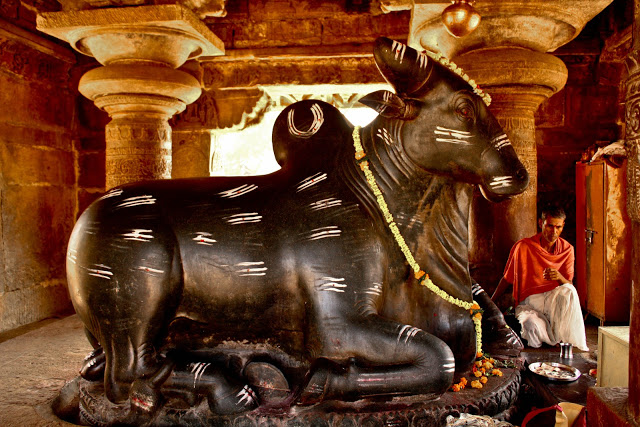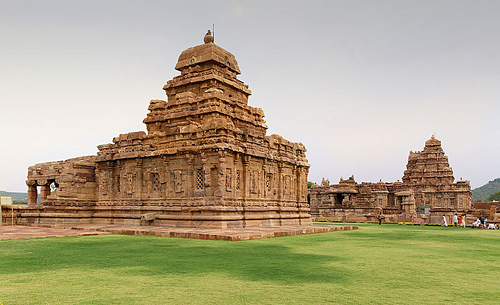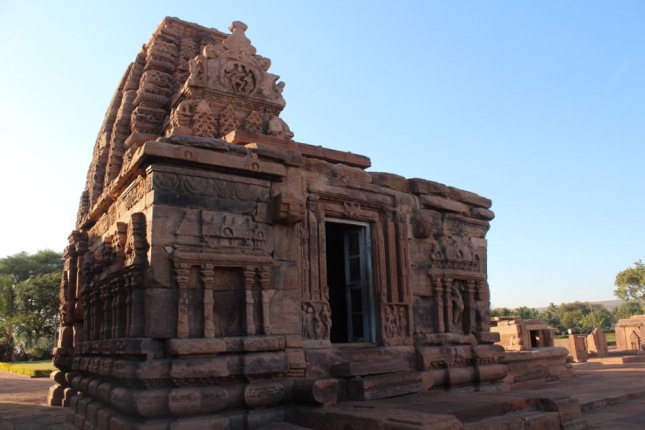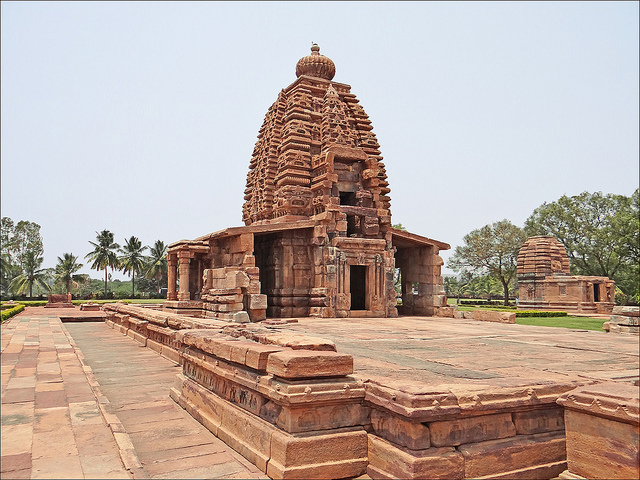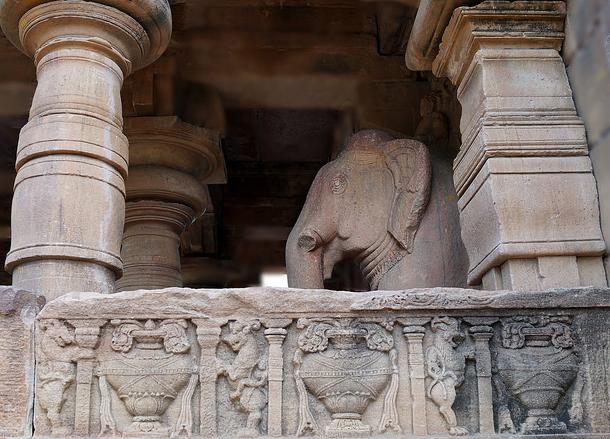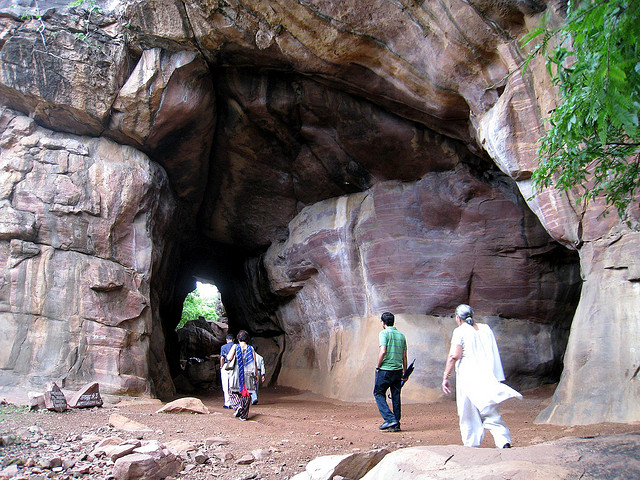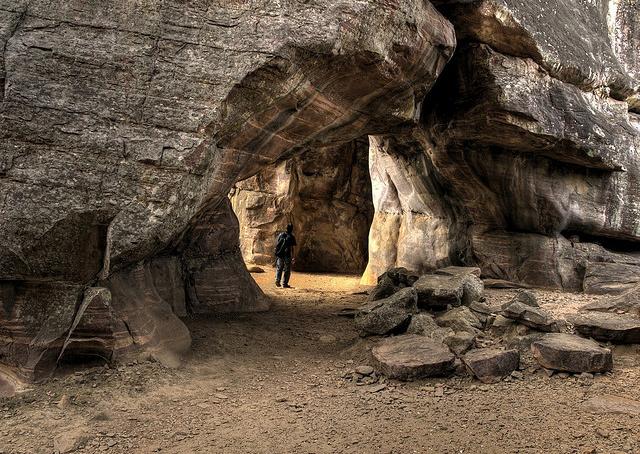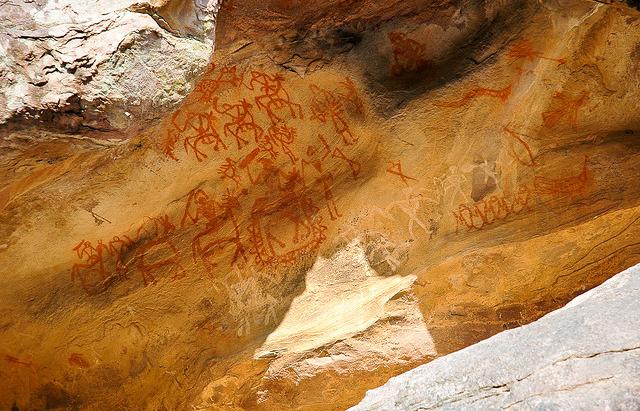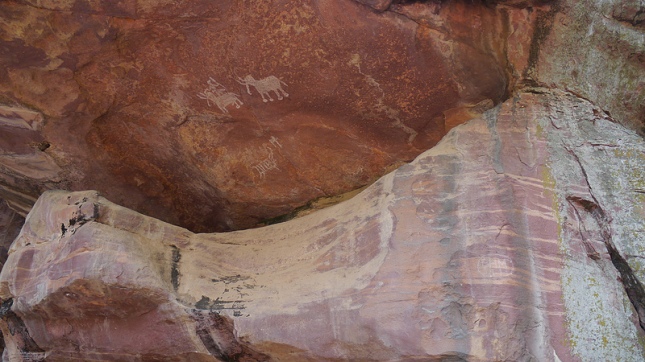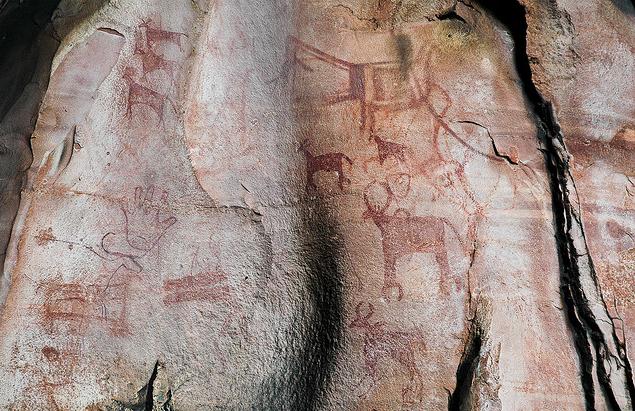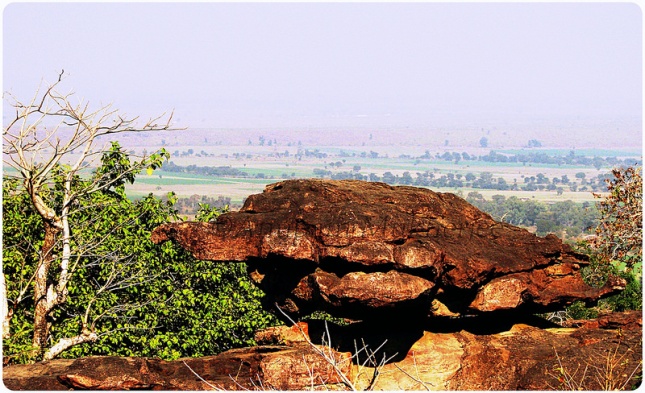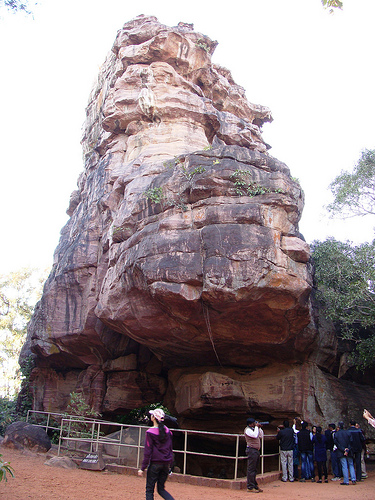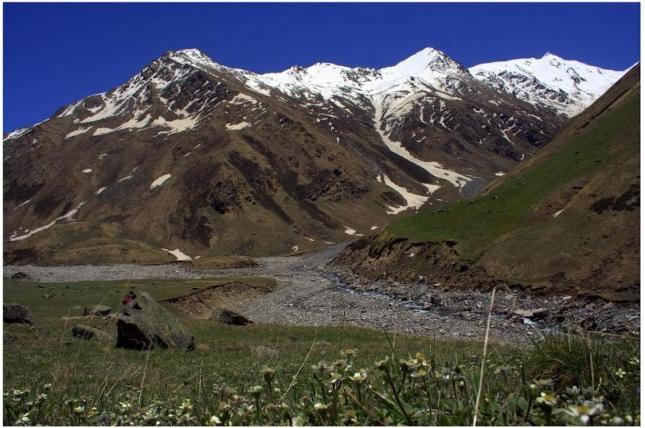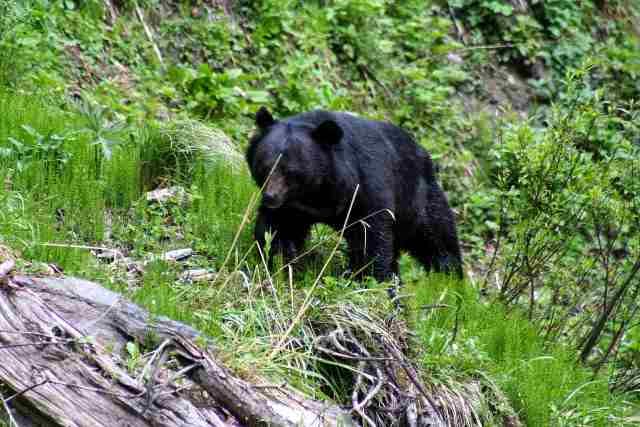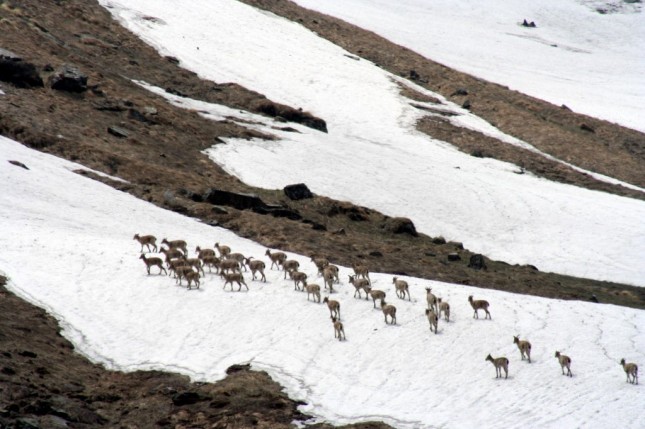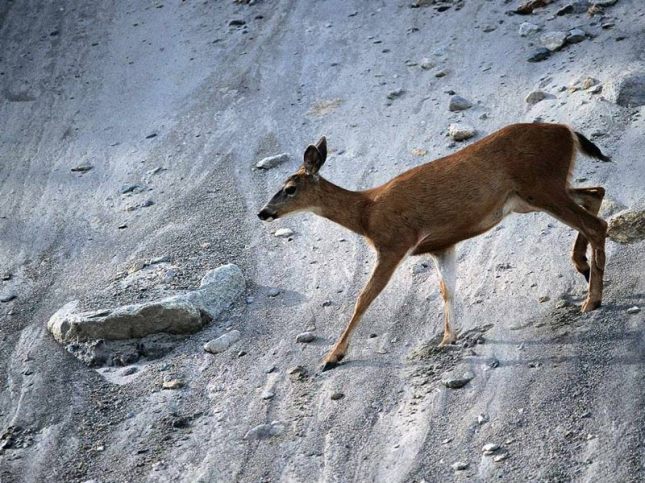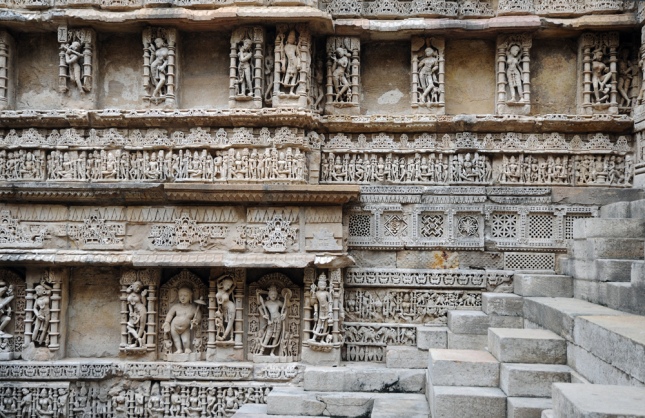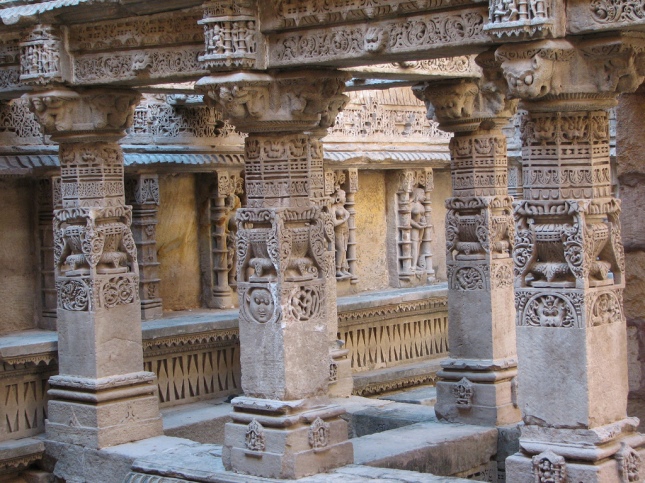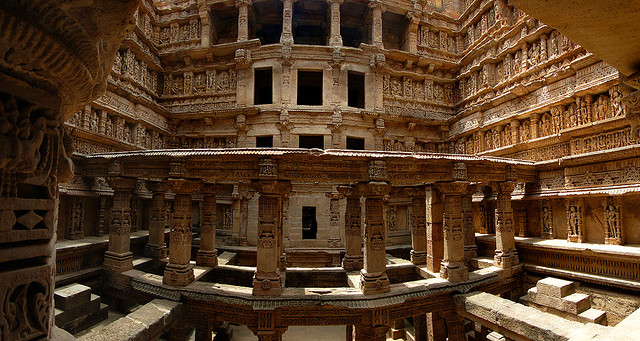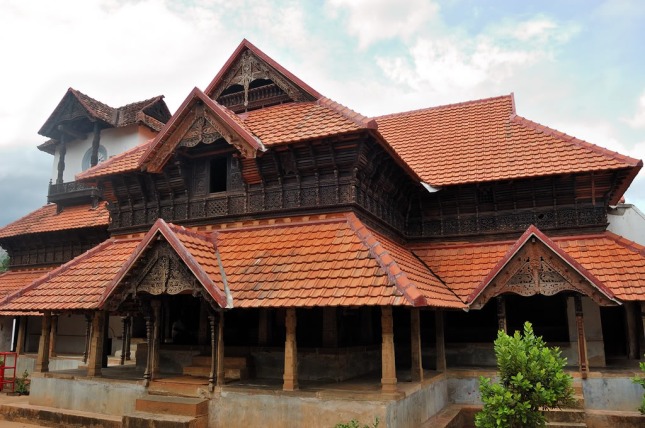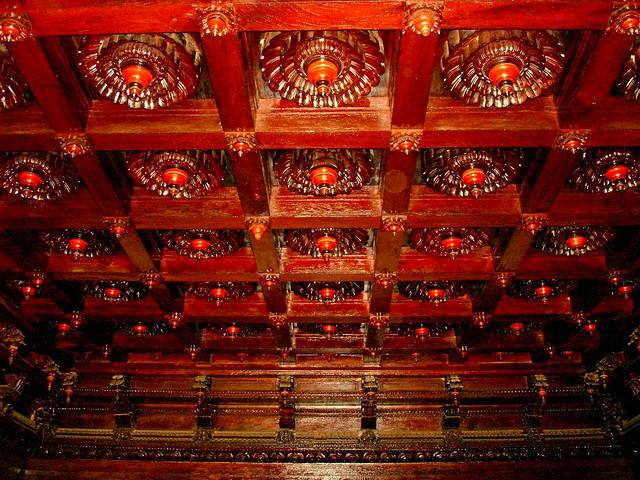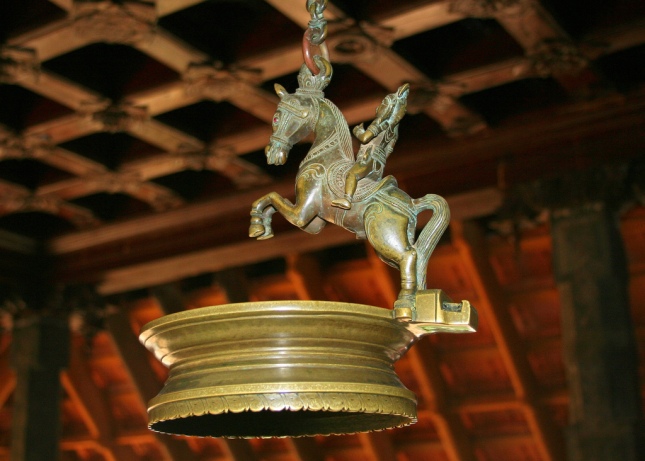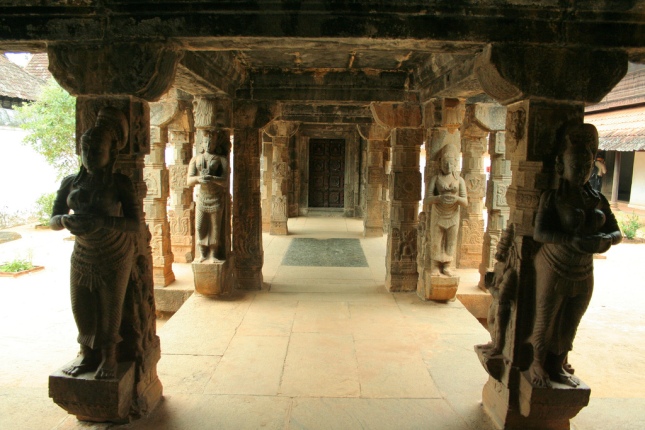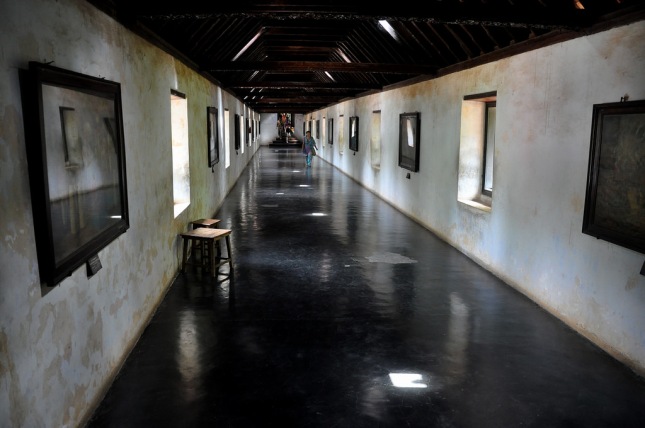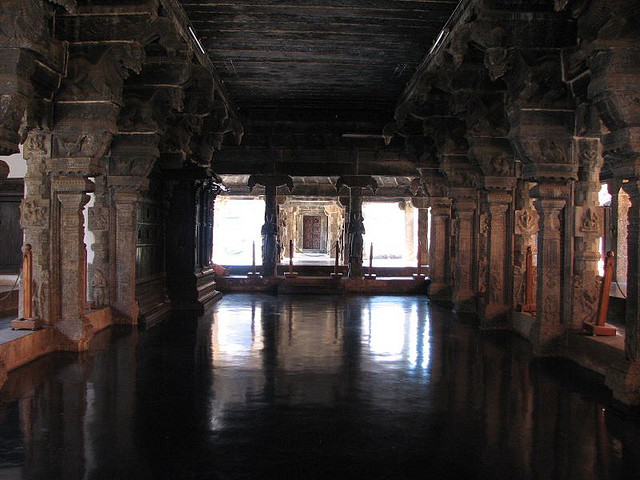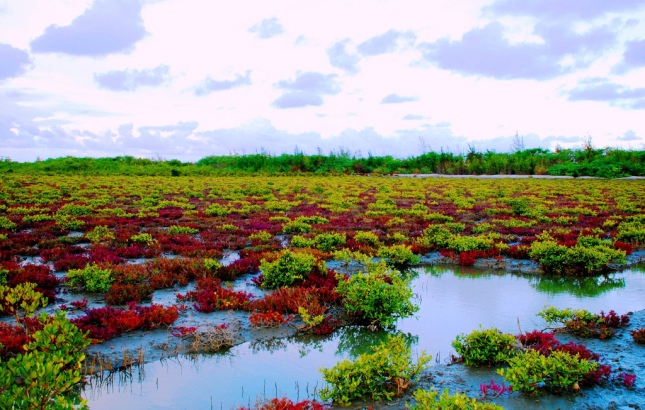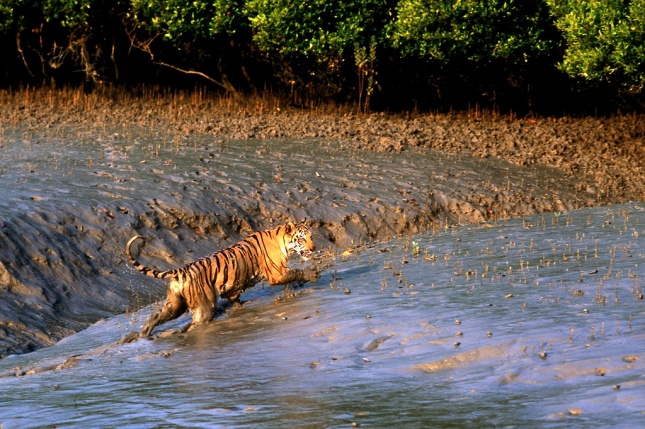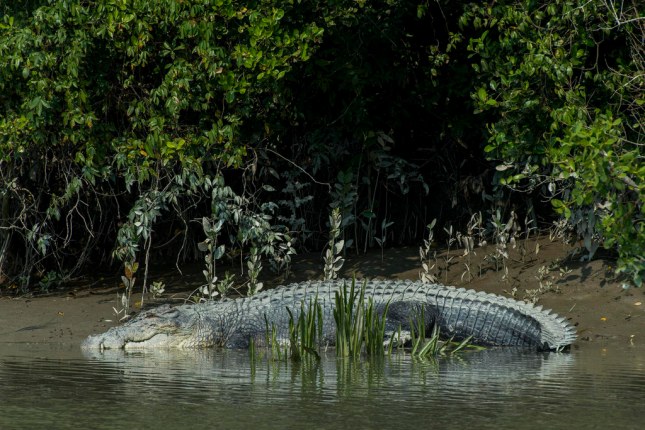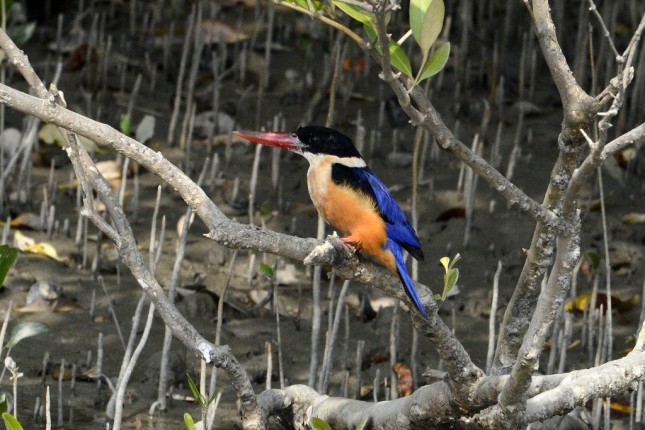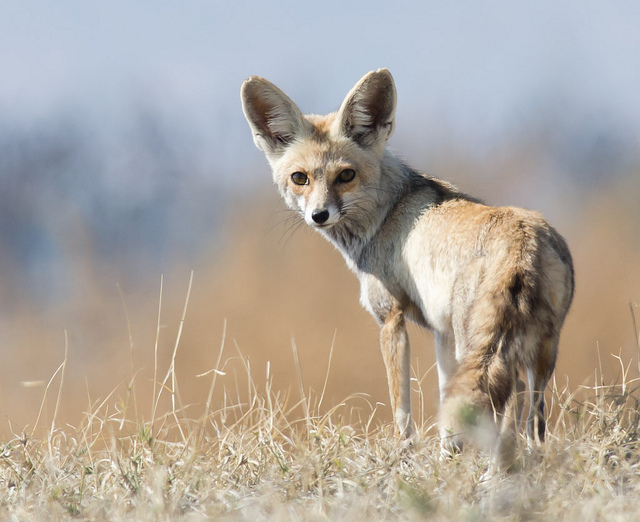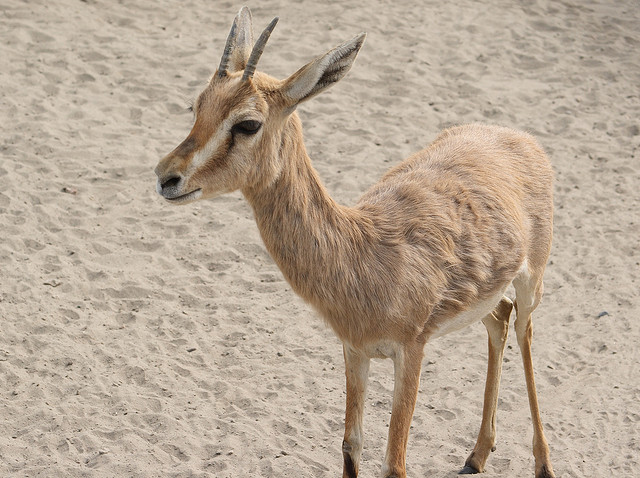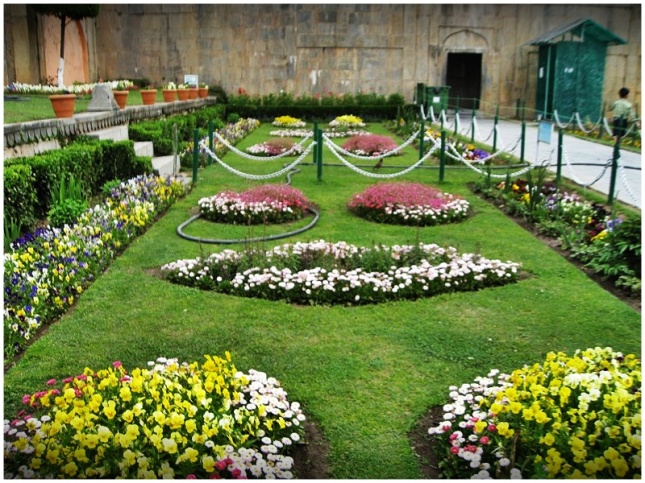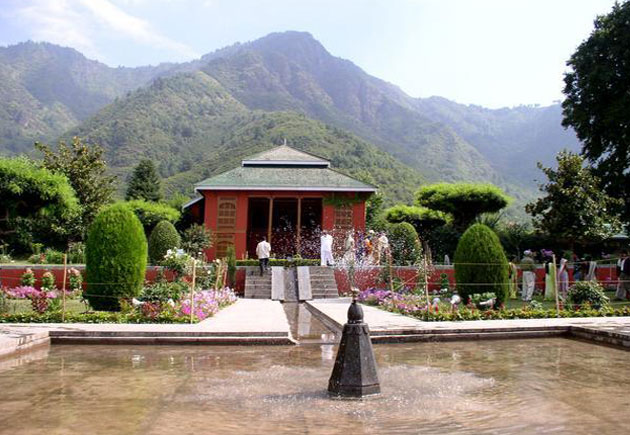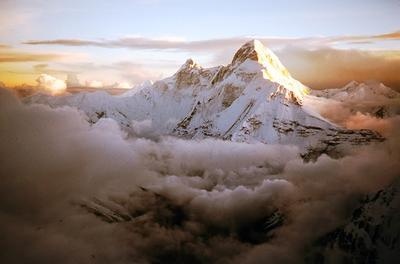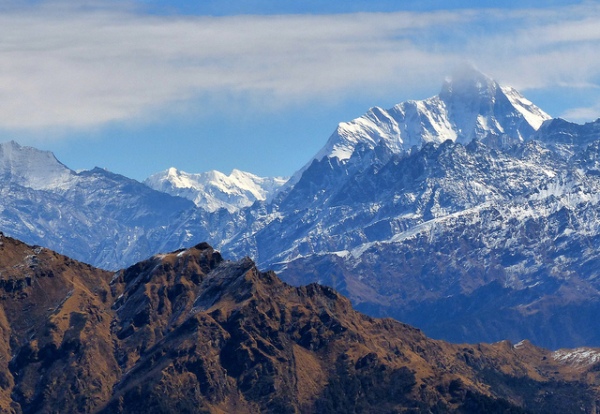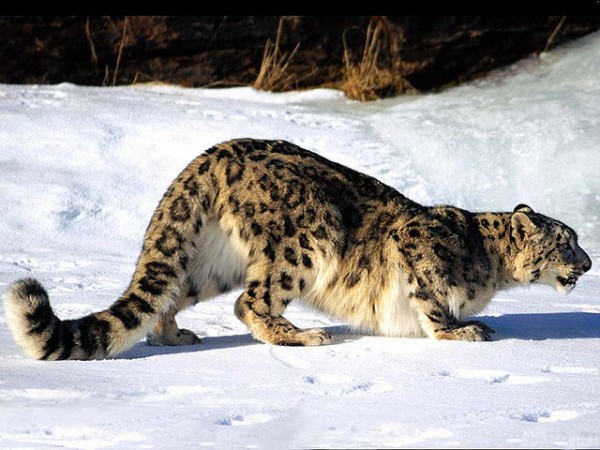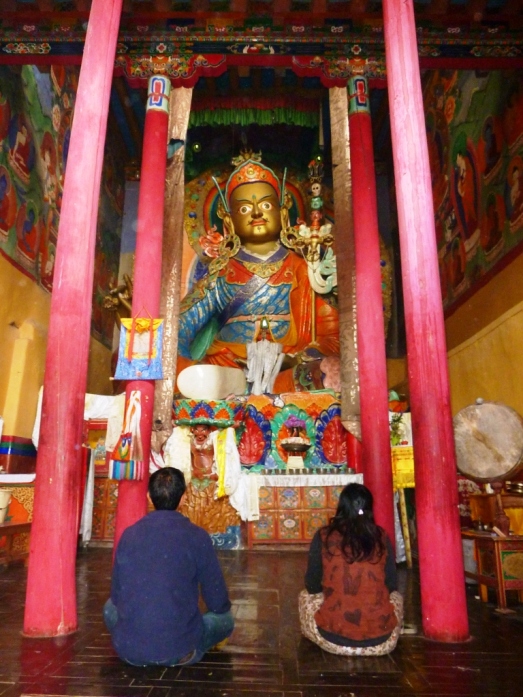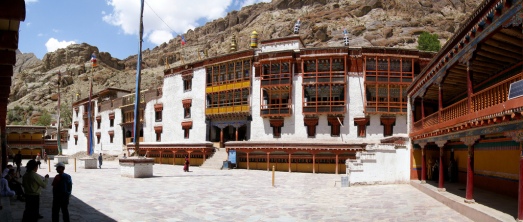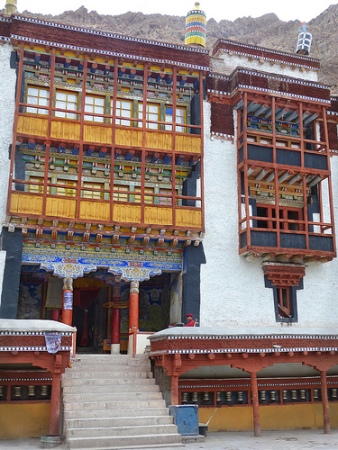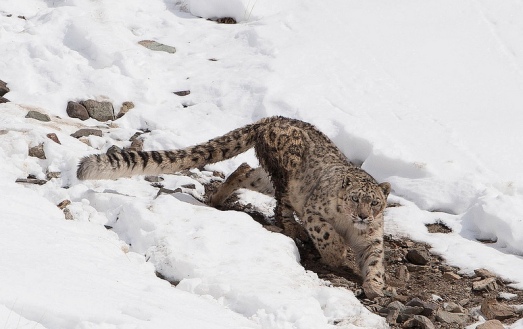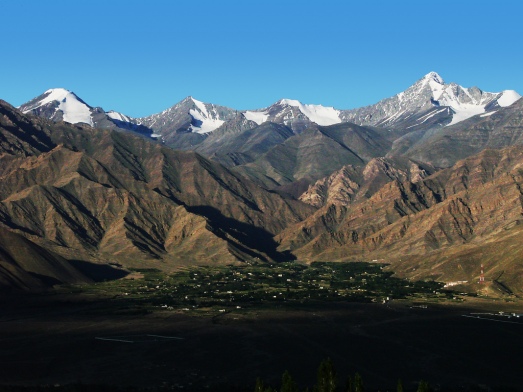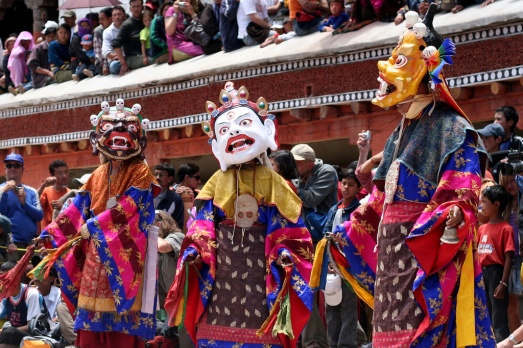Pattadakal-Group of Monuments is situated about 22 km from the Badami.It is a small village in the Bagalkot district on the bank of river Malaprabha in the state Karnataka. Pattadakal is renowned as the “City of the Crown Rubies”. It is the UNESCO World heritage sites. Pattadakal is a wonderful and ancient magnificent example of great Indian architecture. These Pattadakal monuments were build by the Queen as a gala of conquest of the king Vikramaditya II over the Kanchi Pallavas .
Pattadakal is the cluster of ten beautiful carved temples which are the showcases of the amazing Indian architectural with the great blend of northern and southern archeology. It is situated at the centre of wonderful green lawn. Among the ten temples nine are the Hindu temples and one is the Jain temple. All temples are beautifully carved with various stories and scenes of the great Hindu epics of Mahabharata and Ramayana. The walls of temples also carved with the Goddess, God, demons and battle fields.
Virupaksha Temple
Virupaksha Temple is the largest temple in the Pattadakal campus. This temple is also renowned as the Lokeshvara temple or the Lokapaleshvara.This temple is built in the Dravidian style and it has three entrances. Black stone bull is the great charm of this temple.
Sangameshvara Temple
Sangameshvara Temple is the oldest temple of the Pattadakal and it is earlier known as the Vijayewara Temple. It was constructed by the Chalukya King, Vijayaditya from AD 696 to AD 733.This temple is decorated by the twenty pillars which are arranged in four rows in the navaranga.Beautiful figures of Nataraja and Ugranarasimha are placed in the walls of temple. Although this temple is incomplete, remains attractive for its architectural excellence.
ChandrashekharaTemple
It is the small temple in the campus. It is only 15 feet and located on the left side of the Sangameshwara Temple. This temple has a garbhagriha with sacred Shiva Linga.
MallikarjunaTemple
This temple like as a smaller version of the Virupaksha Temple. It is constructed by the second queen of Vikrmaditya during AD 745 and it is located on the north side of the Virupaksha temple. It is constructed in the Dravidian style. It has eighteen pillars which are decorated with the stories of the Ramayana, Mahabharata and other Hindu epics. All walls are carved with the images of Hindu God and Goddess.
Kashivisvanatha Temple
The Kashivishvanatha Temple, constructed in the 8th century and it was the last temple built in early Chalukya style. The temple was built in the Nagara style of architecture. It is placed on the north side of the Mallikarjuna temple.
Galganatha Temple
Galaganatha temple is constructed between the 8th century.It is constructed in the Rekha Nagara Prasada style. The major specialty of this temple is the sculpture of the Lord Shiva in the posture of killing a demon, Andhakasura. The tower of the temple draft workmanship in the Rekhanagara style.
Kadasiddheswara Temple
Kadasiddheswara Temple built in the middle of the 7th century. It is lies on a plinth. It is constructed in the Rekha Nagar style.there is a sanctum that install a sacred linga of Lord Shiva. This temple is beautifully carved the images of Shiva , Parvati,river goddess ,Ardhanariswara and many more.
Jambulingeswara Temple
This temple is built in between 7th century. It is same as the Kaidaisiddeshwara temple. The Jambulingeswara temple lies on a plinth with five eaves. All eaves are well carved with beautiful figures of birds, God, Goddess, Shiva, Sun and Vishnu.
Jain Temple
Jain Temple is located on the Pattadakal Badami road. It is also renowned as the Jaina Narayana Temple.It is built in the Dravindian style.It consist a garbhagriha,a mukhamantapa, a shukanasa and a navaranga.
PapanathaTemple
The construction of the Papanatha Temple started in the Nagara style but later it was built in the Vesara style.It is constructed in AD 680.This temple is full with incredible carvings on the walls and ceilings.
Pattadakal is the graceful and amazing showcase of the great art of Chalukyas.Although the construction of some temples remains incomplete but they still possess an attractive and enchanting posture. The ancient sculptures embellished the subjects of women, demons and Gods. It is really marvelous to see the whole complex of monuments standing tall against the desolate of time.
